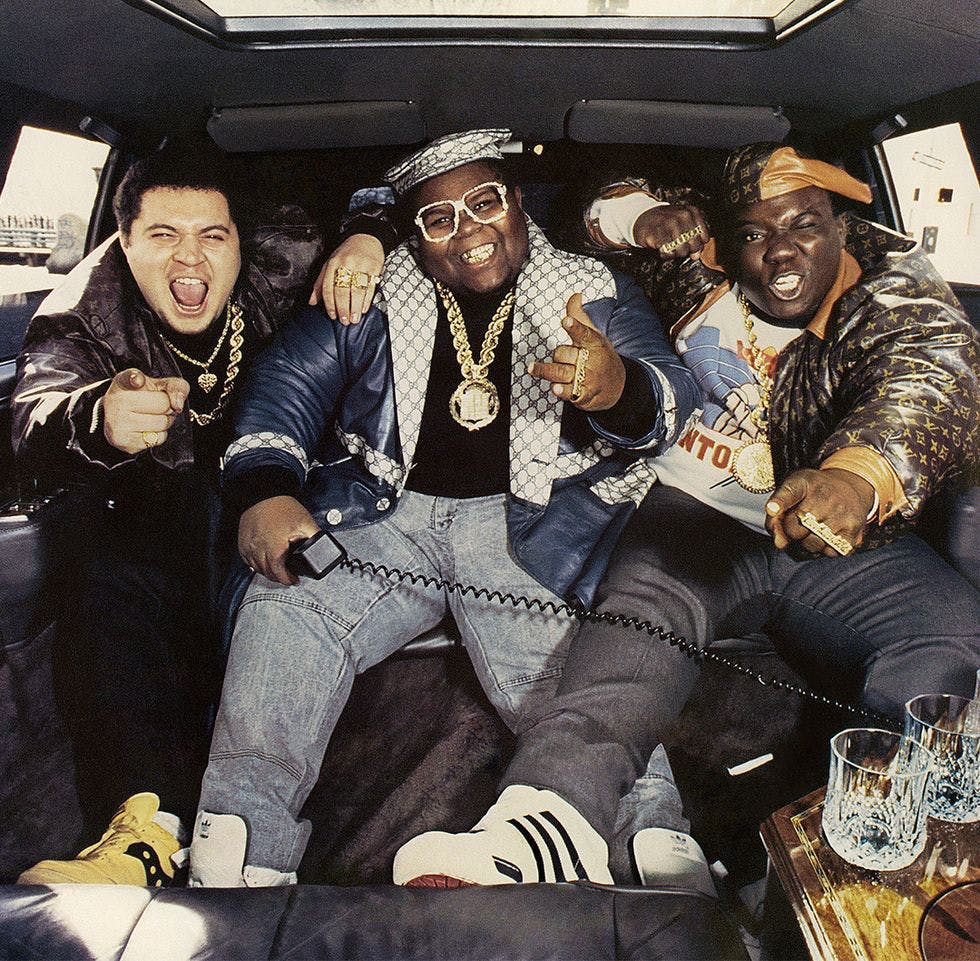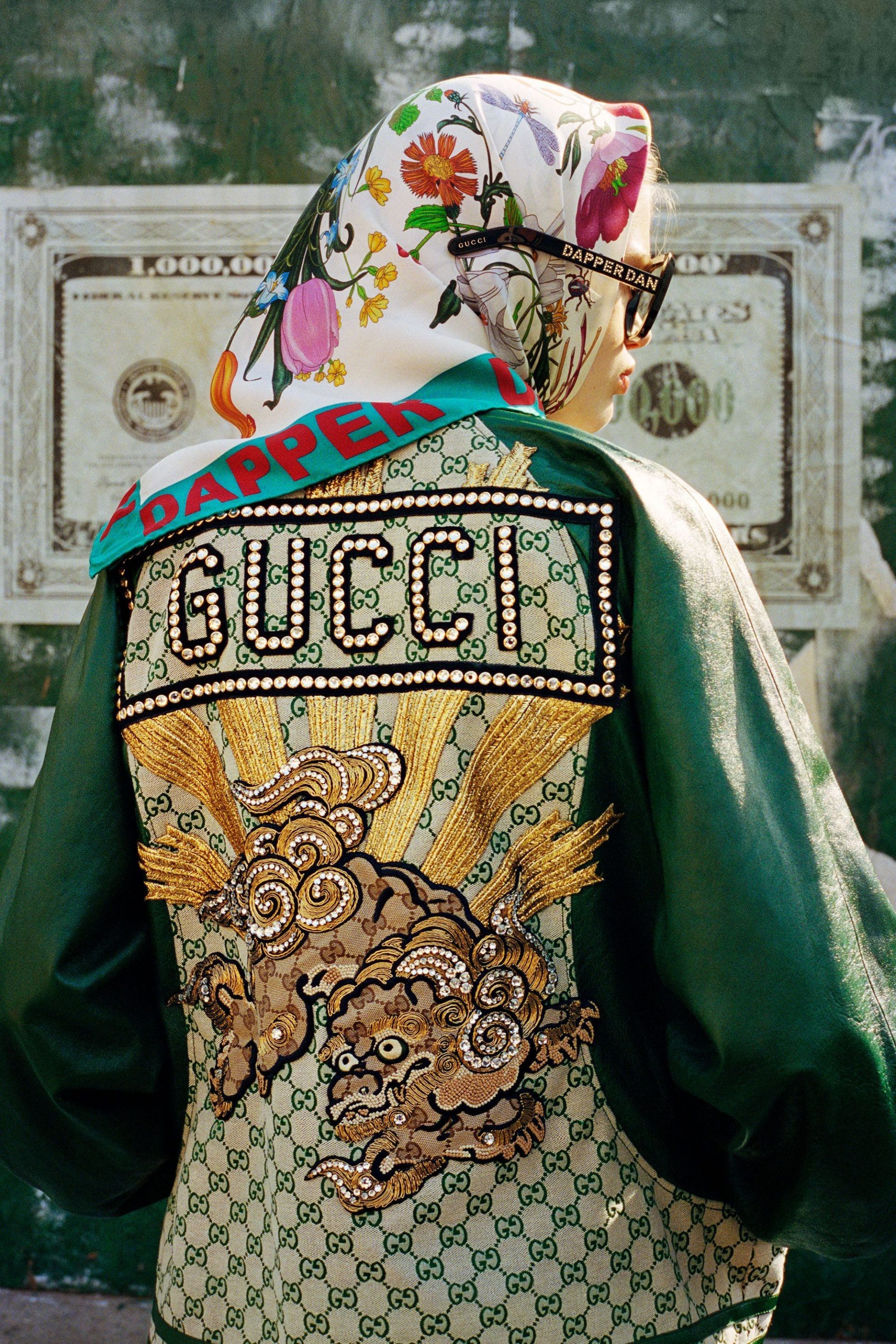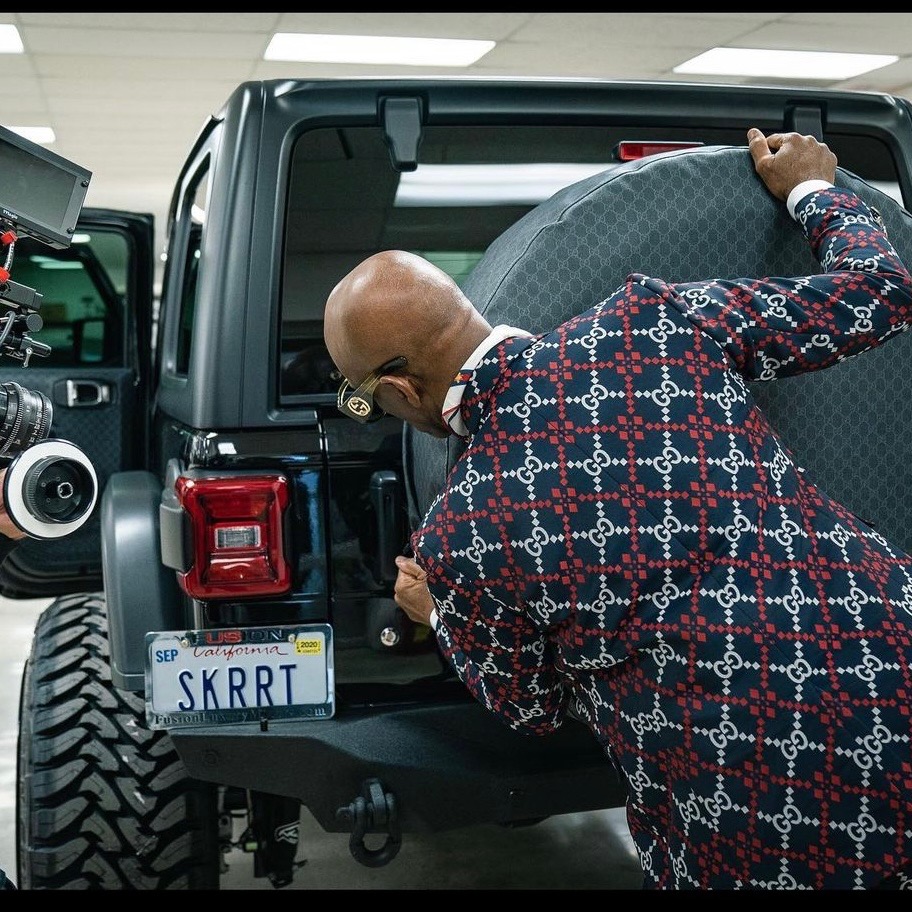Dapper Dan: A Harlem Mastermind

Harlem Native and Hip Hop fashion connoisseur Dapper Dan, has revolutionized the undeniable kinship shared between fashion and the music industry, specifically Hip Hop. For over five decades, the Harlem couturier has shaped the industry, dressing the likes of Eric B. and Rakim, LL Cool J and Salt-N-Pepa.
Born Daniel Day in Harlem, New York, in 1944, Dap grew up with three brothers and sisters shortly after the pinnacle of the Harlem Renaissance, but just before the crack and AIDS crisis pillaged Black neighborhoods across America. As Dap was met with this reality, he was intimately aware of Harlem’s illustrious story.
Dapper Dan made his name in the late 80’s and 90’s as a tailor that led him to be known as the “king of knock-offs.” He spent hours garnering works that provide rap culture its very own signature style– elite gangster-inspired pieces incorporating reworked luxury-house products with a unique perspective.

Prior to hip hop’s ignition, the perceptible chronicles of genres like jazz, rock, blues and disco formed the inspirational foundation for his commissions. Dap’s work infused a measure of street culture to the swagger and sophistication of aforementioned genre’s icons by implementing loser silhouettes, sharp collars and shorter jackets characterized by bold, contrasting patterns and logos.
Dap opened his own boutique in 1982 on East 125th Street. Some days it was open 24-hours a day as it became “the spot” to various street hustlers and rappers. His prompt rise came right on time– working in harmony with Hip Hop’s advances. This was a turning point for Hip-Hop as it transcended its inauguration and the music began to evince itself as a commercially successful and a viable genre. Still, through this celebration of rap, the shackles of crack cocaine were predominantly tied to working class and Black neighborhoods like Harlem.
Dap’s success is a testament to devotion and of course, the power of the logo. He redefined couture by screen printing the monograms of Louis Vuitton, Gucci, Fendi and MCM on to premium leathers that were accompanied by even more luxurious materials including ostrich, mink, python to kevlar. His design point of view filled a gaping hole within the industry that left many African Americans standing on the outside looking in. Luxury brands evaded the Black demographic, so as not to lower the value of their brand– an abominable feat. At the time, Fifth Avenue may have been marked as white territory as Black people were often vilified for their presence.
Dapper Dan’s genius is not without hardship. Once a gambling prodigy, he briefly went to prison on drug charges, but was released with a newfound respect for Black culture. This turning point marked a new beginning for Dap as he began dressing gangsters and hustlers. His signature repurposing of logos from Gucci, Louis Vuitton, and Fendi grew his popularity immensely amongst hip hop icons.
Dap’s brand has stood the test of time, coming out on the other side of FBI raids led by Fendi and various lawsuits. Luxury brands took notice of Dan’s reworked logo prints and filed lawsuits against him claiming violation of brands’ copyrights. In 1992, a raid initiated by Fendi led to forced store closure. In the 1980’s he restored his prestige after a cultural appropriation scandal led Gucci to finance the rebirth of his business. Even when all odds pointed to his collapse, he remained a cultural fixture.
In 2018, Gucci’s Cruise show sent a balloon-sleeved mink bomber jacket down the runway with one major problem. The garment was strikingly similar to Dan’s 1989 Louis Vuitton version for Diane Dixon. Gucci dismissed the allegations as a homage, but internet users sparked an outrage. Fast forward a short time later, Gucci teamed up with Dan on a capsule collection inspired by his archive, released a limited-edition book, “Dapper Dan’s Harlem” and made Dan the face of their #GucciTailoring campaign. In 2018, Gucci opened an invitation-only atelier with Dan in a joint venture, supplying fabrics for his new creations.
As the incredible Stella Jean once said, “Fashion can be used as a cultural translator and a tool against colonization; it re-establishes the balance between symbols, stories and different worlds through style.” Dap had his own process of creating art– a process much like that of musicians and engineers. He developed his own genre of style through sampling, mixing and cutting. From Gucci bulletproof parkas and car interiors to custom caps, his growing repertoire knows no limits. Not only did wearing Dap’s designs signal a high level of success, but it contributed to a larger narrative of setting the bar high for future Black creators. Dapper Dan transcended former expectations with an incredible career that brough high-fashion to Harlem and ultimately changed Hip Hop fashion on the world stage.
The post Dapper Dan: A Harlem Mastermind appeared first on The Source.
















